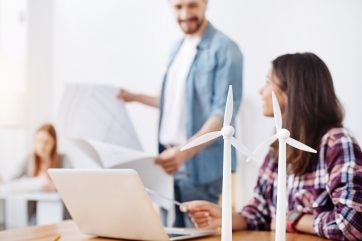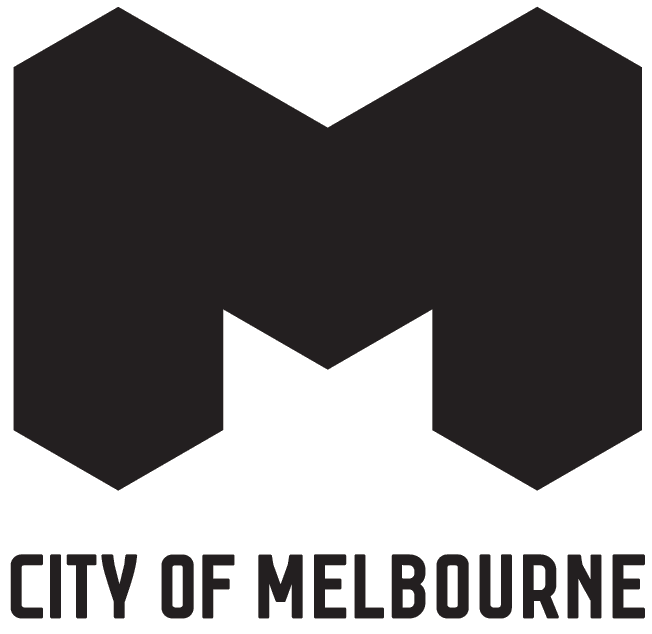
A rapidly growing renewable energy industry that demands highly specific technical skills has resulted in a global talent shortage to deliver the transition from fossil fuels.
An ageing workforce, competition from the tech sector and a lack of college courses with sustainability embedded into the curriculum are contributing factors to the talent shortage.
Globally, the figures are staggering. McKinsey forecasts that by 2030, to build solar and wind plants, 1.1 million workers will be needed, alongside an additional 1.7 million workers to operate and maintain new plants. However, these figures don’t include jobs in nuclear or hydrogen energy, green mobility – such as electric vehicle and battery manufacturing – or hydropower.
Creating green energy jobs in Australia
Looking at a regional picture, the European Investment Bank conducted a survey that found that 80% of companies and 60% of local authorities in the EU believe the skills shortage – particularly in engineering and digital – is preventing climate change projects from progressing.
In the US, a large ‘baby boomer’ population that will soon age out of the workforce, coupled with a push to develop renewable energy, has created a conundrum. In 2022, more than 114,000 clean energy jobs were created, according to the US Department of Energy.
In emerging markets, such as some in sub-Saharan Africa, governments have ambitious goals to bring renewable power to remote communities, but there is a severe lack of local talent to help make those plans a reality.
A 2022 Renewable Energy Market Analysis from IRENA and the African Development Bank states: “The energy transition could boost employment in renewables substantially from around 350,000 in 2020 to over four million by 2030 and over eight million by 2050 under the 1.5°C Scenario.” This refers to the goal to keep global warming contained to a 1.5°C increase. “Most of these jobs would be in solar, bioenergy, and wind,” the report states.
In other established markets such as Australia, heavy government investment has created tens of thousands of jobs as the country races ahead to meet emissions reduction targets. In the 2022–23 state budget, the Australian Government announced AUD$25bn in renewable energy spending, which includes funding for projects that open opportunities for investors in clean energy and renewables.
In Australia in 2022, the clean energy sector employed around 30,000 people across large-scale renewable energy construction, operation and maintenance, as well as small-scale rooftop solar design and installation. If all planned projects go ahead, the Australian Clean Energy Council expects an additional 50,000 jobs will be created.
“The growth trend in utility-scale renewable energy projects is expected to continue over the next two decades,” according to the council’s 2022 report Skilling the Energy Transition.
Filling the skills gap in the energy transition
The lack of skilled workers is hindering the growth of green technology – and ultimately government-set targets to reach net zero.
For example, Australia has set an ambitious national target of cutting greenhouse gas emissions by 43% from 2005 levels by 2030. Net-zero emissions are due to be achieved by 2050.
“The net-zero promise necessitates a faster trajectory and larger investments in renewable and energy-efficient technologies,” according to GlobalData’s 2023 Industry Profile: Renewable Energy in Australia. “According to the International Energy Agency (IEA), the adoption of aggressive targets, increasing clean energy funding at the federal and state levels, and new projects announced in the renewable energy zones (REZ) are expected to cause Australia’s renewable energy capacity to increase by 85% to reach 40GW by 2027.”
The IEA forecasts that Australia will reach its goal of 57GW of renewable electricity capacity by 2027 – but it must expedite the deployment of the REZ and grid projects, while decreasing the dependence on coal.
Now, the race is on to find and train, or upskill, talent to achieve those goals.
Companies are looking for ways to attract individuals from diverse academic and professional backgrounds and skill sets. This includes partnering with universities and technical education programmes to offer certifications and degrees to create a talent pipeline.
“At the moment, if you are studying for an engineering degree, you might have nothing on sustainability throughout your three or four years at university,” John Kraus, CEO of Engineers Without Borders UK, told Energy Monitor earlier this year.
Australia’s talent pipeline in renewables
The skills needed in the sector are broad. In Australia, the focus is on power system engineers, especially those with knowledge of grid connection processes. There is also a drive for more civil engineers, as well as those specialising in dams, hydropower and structural engineering.
The Australian state of Victoria, of which Melbourne is the capital, is investing AUD$1.6bn into the clean energy sector. Of Australia’s renewable energy jobs, 30% are located in Victoria, with jobs spread across battery storage technology, circular economy, renewable energy, transport, urban sustainability and water solutions.
Victoria is also home to Australia’s largest pipeline of job-ready sustainability graduates.
In Victoria and nationwide, universities are in tune with the sector’s needs and are integrating sustainability into courses. In the city of Melbourne alone, which is home to 50% of the nation’s leading universities, academics are teaming up with private sector experts and government stakeholders to ensure graduates have the right skills for the energy transition.
Australia’s leading university, the University of Melbourne, offers globally recognised courses in environmental science, ranking second in Australia and 23rd globally. It also offers a master’s course in Energy Systems and Low-Carbon Power Systems.
Technology and renewable energy talent in Melbourne
Melbourne’s RMIT University offers a master’s of engineering in sustainable energy. Meanwhile, the University of Melbourne is home to the Melbourne Energy Institute where researchers work across the four main pillars of energy systems, power generation and transport, hydrogen and clean fuels, and energy materials.
Researchers at the University of Melbourne teamed up with Meridian Energy Australia to develop a real-time wind forecasting system to help enable the renewable energy transition. The project was backed by a AUD$2.18m grant from the Australian Renewable Energy Agency.
Melbourne ranks among the World’s Top 30 Tech Cities, and advancements in renewable energy technology are on display. The city’s talent pipeline and reputation for technology development are attracting global companies.
Zendesk is a software-as-a-service company that provides its customer experience software to renewable energy companies. It opened its Melbourne office in 2011, in part due to the city’s vibrant technology community and access to talent pipelines for tech roles.
“Melbourne has long been one of Zendesk’s premiere product development hubs; with product, platform and infrastructure responsibilities, there is always something new and exciting to challenge our teams,” says Chris Thilgen, product development site lead for Melbourne and the Australia, New Zealand Region.
To learn how the economy in Melbourne is developing to meet impending demands and future challenges, download the document below.



